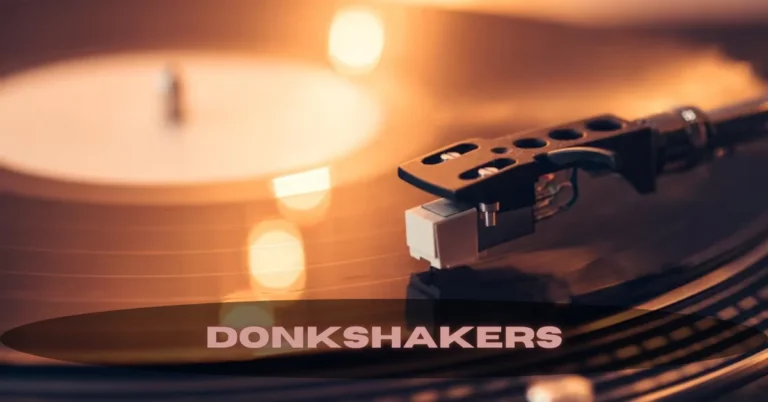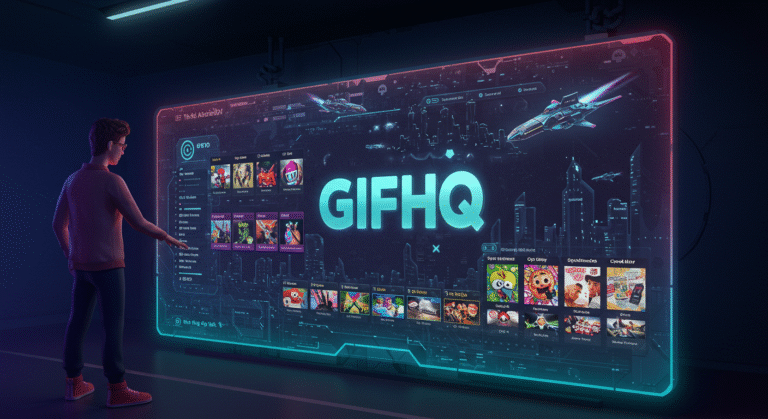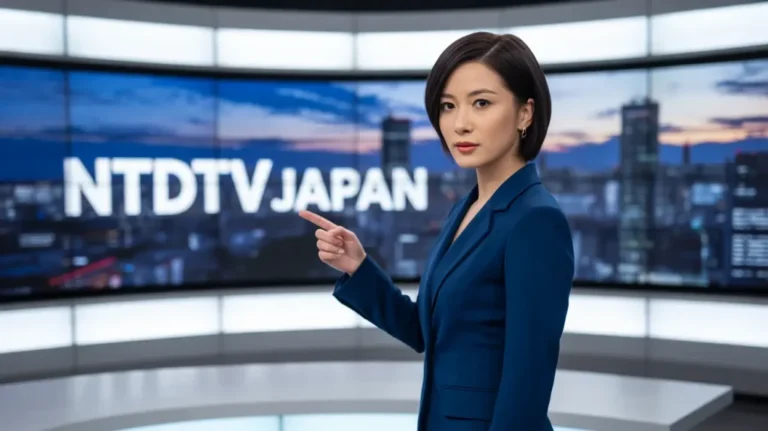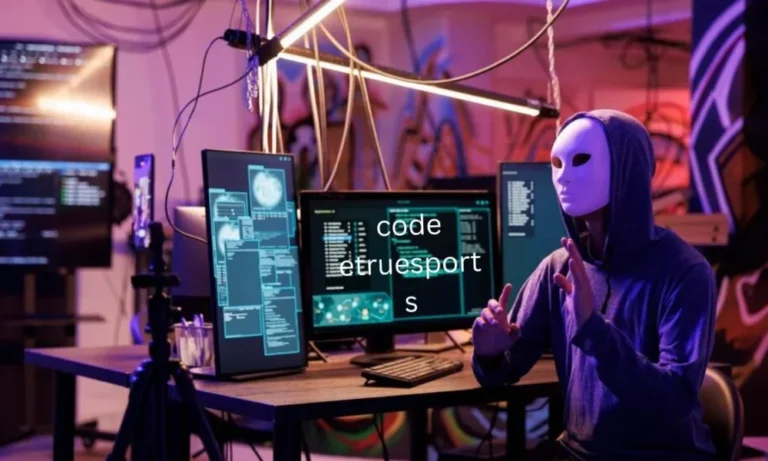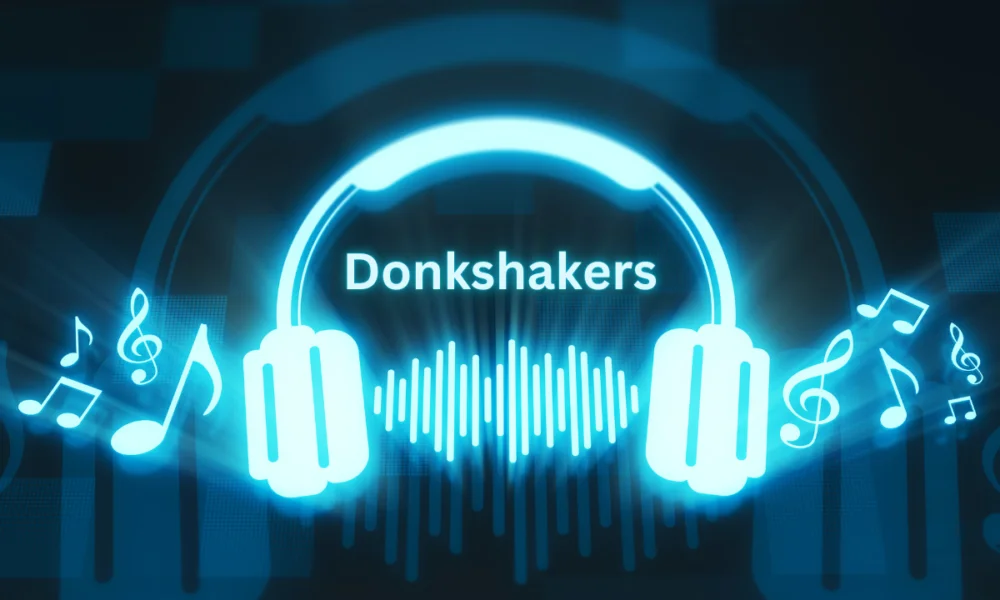
The world of underground music has always thrived on innovation, rebellion, and the audacity to be different. Among the many subcultures that have sprouted in the dance and electronic scene, few have captured attention quite like Donkshakers. More than just a term, Donkshakers represents a movement—one that bridges music, dance, fashion, and digital identity in a uniquely chaotic and energetic fashion.
What Is a Donk?
To understand Donkshakers, one must first understand what a donk is. In electronic music, especially in the UK’s northern rave scene, a donk is a distinctive high-pitched, bouncy sound layered over fast-paced beats. Originating in the late 1990s and peaking in popularity through the 2000s, donk was a key element of the sub-genre known as Scouse House or Bounce. The signature “donk” sound, often added on top of pop remixes and house tracks, gave the music a hyperactive, comedic, and party-driven edge.
“Put a donk on it” became a cultural meme and catchphrase, popularized by groups like Blackout Crew. It exemplified the ethos of the genre: take something conventional and supercharge it with energy and absurdity.
The Rise of Donkshakers
Donkshakers emerged as a sub-identity within this donk revival and bounce scene. While originally a term describing individuals who passionately danced to donk music, often shaking and moving with intense rhythm and vigor, it evolved to encompass much more.
A Donkshaker is not just someone who enjoys the music—it’s a lifestyle. From flashy streetwear with neon elements and reflective designs to flashy, exaggerated dance styles that blend shuffle, footwork, and rave movements, Donkshakers created an identity that was loud, unapologetic, and endlessly entertaining.
Donkshakers typically express themselves through music videos, TikTok edits, dance clips, memes, and underground parties. Their online presence is integral to their identity, often characterized by glitchy visuals, VHS aesthetics, retro-futuristic backdrops, and euphoric rave imagery.
The Sound of Donkshakers
The music that defines the Donkshaker movement is as bold as the name implies. It builds on the foundation of donk and bounce but pushes the genre even further into chaotic territory. A typical Donkshaker track might feature:
-
BPMs ranging from 150–170, meant for intense, non-stop dancing.
-
Hard-hitting bass and aggressive kick drums.
-
The iconic donk synth, often layered multiple times for maximum energy.
-
Vocal chops, shoutouts, or ironic remixes of pop or nostalgic songs.
-
Euphoric breakdowns followed by brutal drops.
In many ways, Donkshaker music is designed not just to be heard, but felt. It’s rave music distilled to its most raw, high-octane essence.
Donkshakers and Dance
Central to the Donkshaker persona is movement—especially dance. The term “shaker” hints at the wild, body-contorting routines associated with the culture. Whether on a dance floor, in a warehouse, or on a rain-soaked street corner, Donkshakers are known for their hypnotic, rhythmic, and often exaggerated dance moves.
Their style often borrows from:
-
Hardstyle stomping – powerful foot movements in sync with pounding beats.
-
Cutting shapes – intricate foot patterns and fast steps.
-
Freestyle raving – spontaneous movement driven by the mood and crowd energy.
Dance battles and freestyle sessions are common among Donkshakers, especially during events or online showdowns. The dance isn’t about perfect technique—it’s about expressing pure energy and individuality.
The Fashion of Donkshakers
Visual identity plays a big part in the Donkshaker scene. The fashion is unfiltered rave culture: maximalist, colorful, and often intentionally tacky. Picture sportswear meets cyberpunk, with hints of 90s rave nostalgia.
Typical Donkshaker fashion includes:
-
Oversized tracksuits and joggers.
-
Fluorescent or reflective materials.
-
Sunglasses, even at night.
-
Custom graphic tees with neon prints.
-
Platform sneakers or rave boots.
-
Glitter, LED accessories, and retro-style chains.
These fashion choices aren’t just aesthetics; they’re armor for the dance floor, built to amplify movement and create a presence in the dark underworld of underground parties.
The Donkshaker Ethos
Beneath the surface-level chaos lies a powerful ethos. Donkshakers stand for freedom of expression, escapism, and communal euphoria. Much like earlier rave cultures, Donkshakers resist conformity. They favor DIY events over commercial clubs, raw self-expression over polished branding, and authenticity over trend-chasing.
For many, becoming a Donkshaker is a way to break free from daily monotony and societal expectations. In a world that often demands order and discipline, the Donkshaker aesthetic is a joyful scream in the face of uniformity.
Digital Donkshakers: Online Presence and Community
Social media has played a crucial role in spreading the Donkshaker culture beyond local scenes. Platforms like TikTok, YouTube, and Instagram host thousands of Donkshaker edits and dance videos. These snippets, often laced with retro VHS effects or rave flashes, build the mystique and hype of the movement.
Digital Donkshakers interact through meme pages, Discord servers, underground music forums, and livestreamed events. What sets them apart from more mainstream subcultures is their humor. Much of Donkshaker culture is wrapped in irony, self-parody, and chaotic energy. One video might be a serious dance battle, while the next might be someone donkshaking to an absurd remix of a children’s song.
Global Reach and Evolution
While Donkshakers began as a UK-centric identity, the culture is evolving. DJs and dance crews from Germany, Japan, Australia, and the U.S. are incorporating donk elements into their music and aesthetics. Underground electronic artists are sampling donk beats in hybrid genres, and even fashion brands are taking notice of the distinctive Donkshaker visuals.
What was once seen as a niche joke genre is now inspiring a global community of ravers and creatives who thrive on chaos, humor, and togetherness.
Criticism and Misunderstanding
As with most underground cultures, Donkshakers have received their share of criticism. Some dismiss the culture as immature, messy, or unserious. Others argue that the heavy use of parody and irony dilutes its legitimacy as a serious music or dance scene.
However, the Donkshaker community often leans into these critiques, using them as fuel for more wild expression. What some see as ridiculous, Donkshakers embrace as radical freedom.
The Future of Donkshakers
As electronic music continues to morph and evolve, the Donkshaker scene stands as a reminder that fun, experimentation, and individuality still have a place. The genre is likely to expand into new realms—blending with other underground movements, finding its way into digital raves in virtual spaces, and maybe even influencing mainstream sounds again.
Donkshakers don’t follow trends—they create waves, powered by their own beat, lit by strobes, and driven by a donk that just won’t quit.

